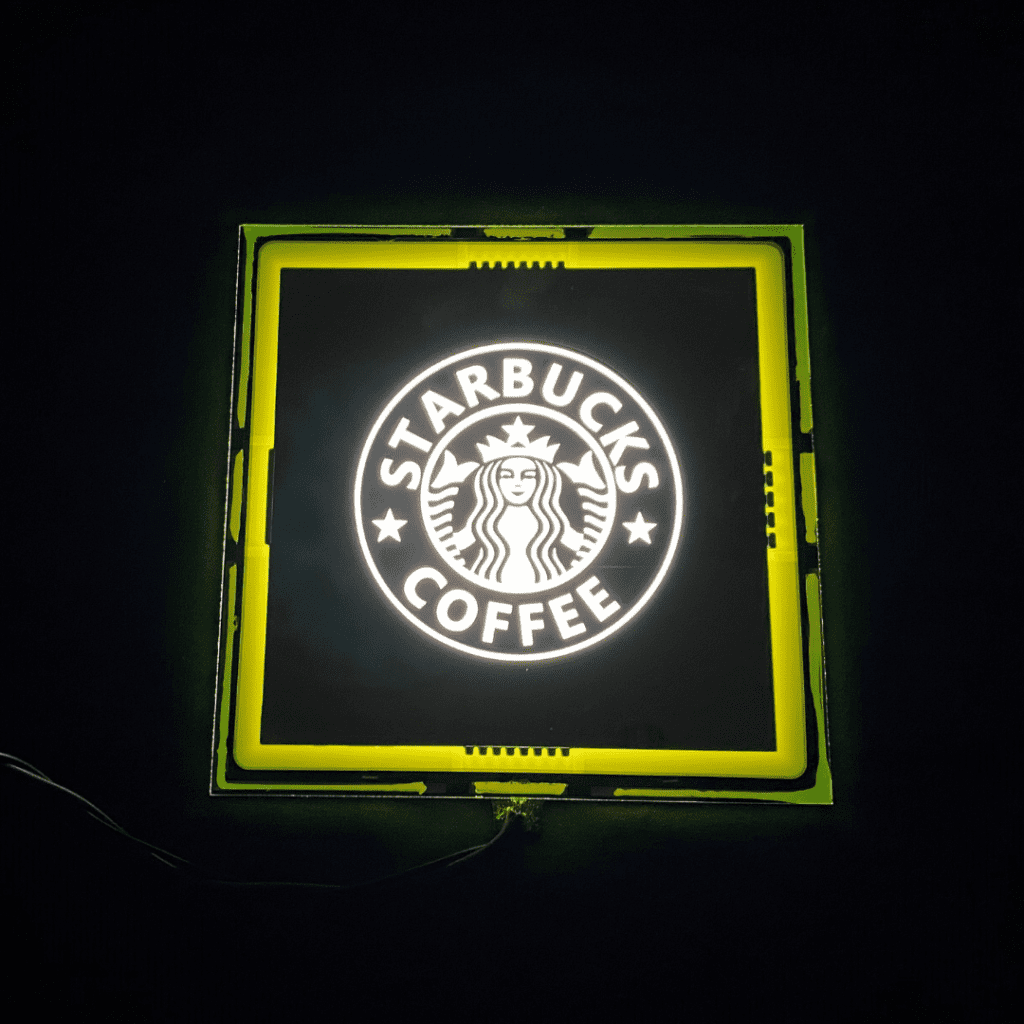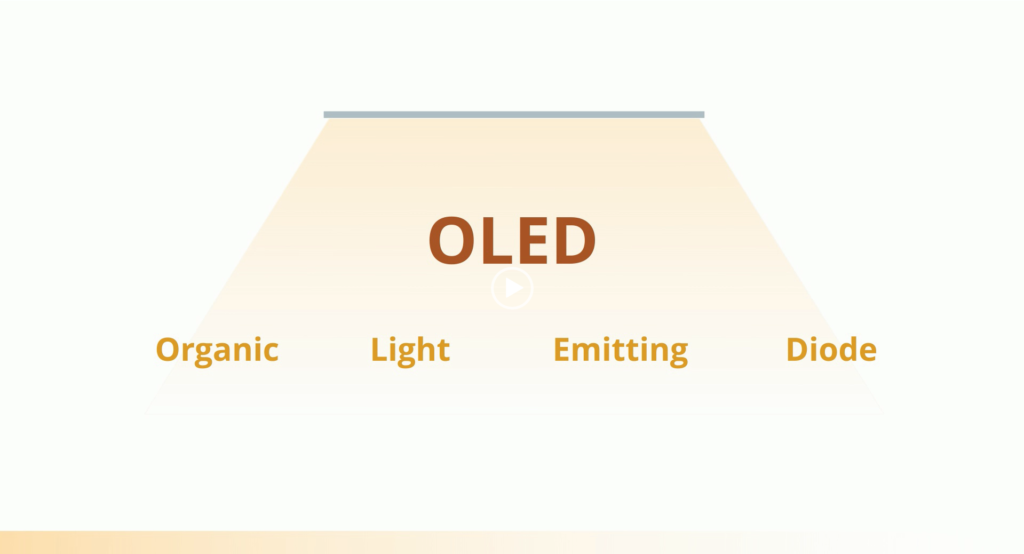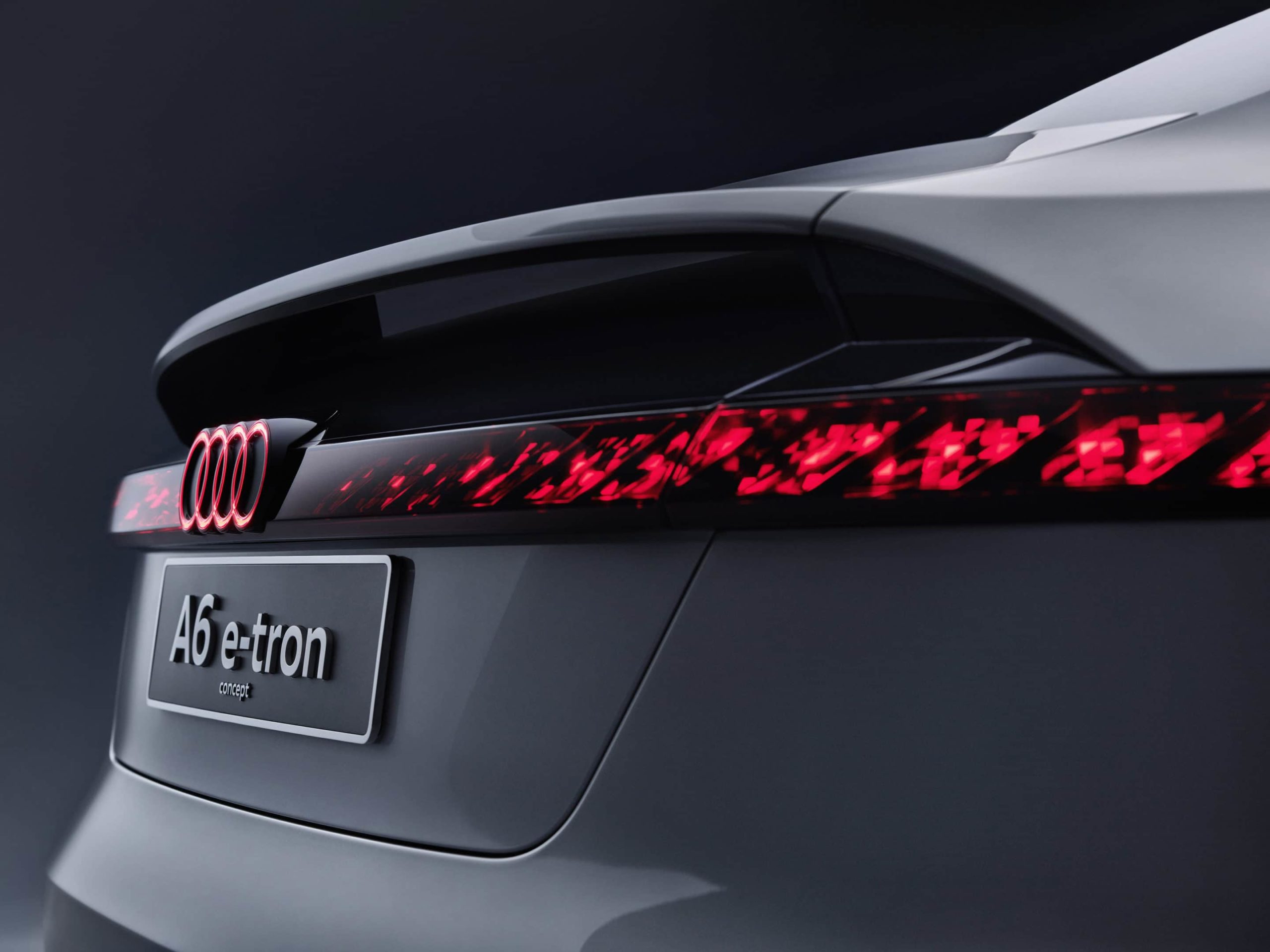OLED Light Quality and Well-being: The Science of White.

“White is movement and rest, activity and passivity. White is purity and clarity. White is dimensional space; it is immaterial. White is pure energy (…) White is active; it is constantly changing, expansion and contraction alternate with each other, occur simultaneously and can barely be separated. (…) Never ending, white expands, it is space without limitations. (…) It sets us in a state of suspension and takes up the weight.”
– Raimund Girke, from the 1950s, achieved an incredible range of variation in his monochrome works by moving and layering color and creating structure of the maximum reduction – in white.
Just as in the visual arts, white is also seen as multifaceted in lighting design. Not just one white—this distinction is one of the basics of lighting design. But which white do we encounter in everyday light? And what effect does it have on us?
What “color” is white?
White is polychromatic, a mix of all visible wavelengths, the colors of the rainbow. Since the mix of wavelengths can vary there is no one white. Its makeup defines the colors you see and creates a perceived brightness.
Classifying white light.
White light is classified based on the relative mix of visible (color) wavelengths radiating from the light source. White light that is richer in the red component is considered warm light. The classic incandescent lightbulb produces a warm light. As the white light shifts to a higher blue content, it is referred to as neutral light. With even more of the blue it becomes cold light. Light is classified by color temperature with the range of 2700K (common in evening hospitality settings) to 4000K (common in office settings) encompassing the most common whites. Learn more about this here.
Can light make you happy?
Light with color temperatures ranging from 2700K-4000K produces a full color experience and generates a sense of well-being and security. OLED light does just that.





